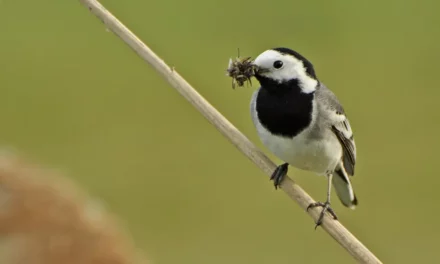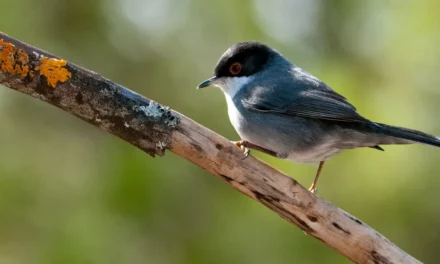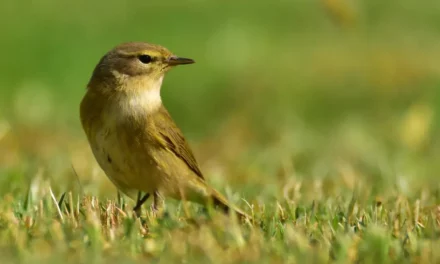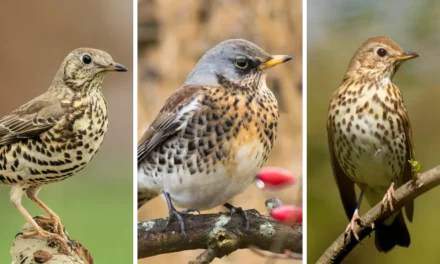The Dunnock: What does it look like?
The Dunnock, also known as the hedge accentor, has a distinctive blue-grey head and chest. Its upper body and wings are russet-brown with striking black markings. With its slender, black beak, it is often mistaken for the House Sparrow, but it is slimmer and features a finer beak. Juvenile Dunnocks lack the grey in their plumage and have streaked brown chests, making them easy to distinguish from adults.
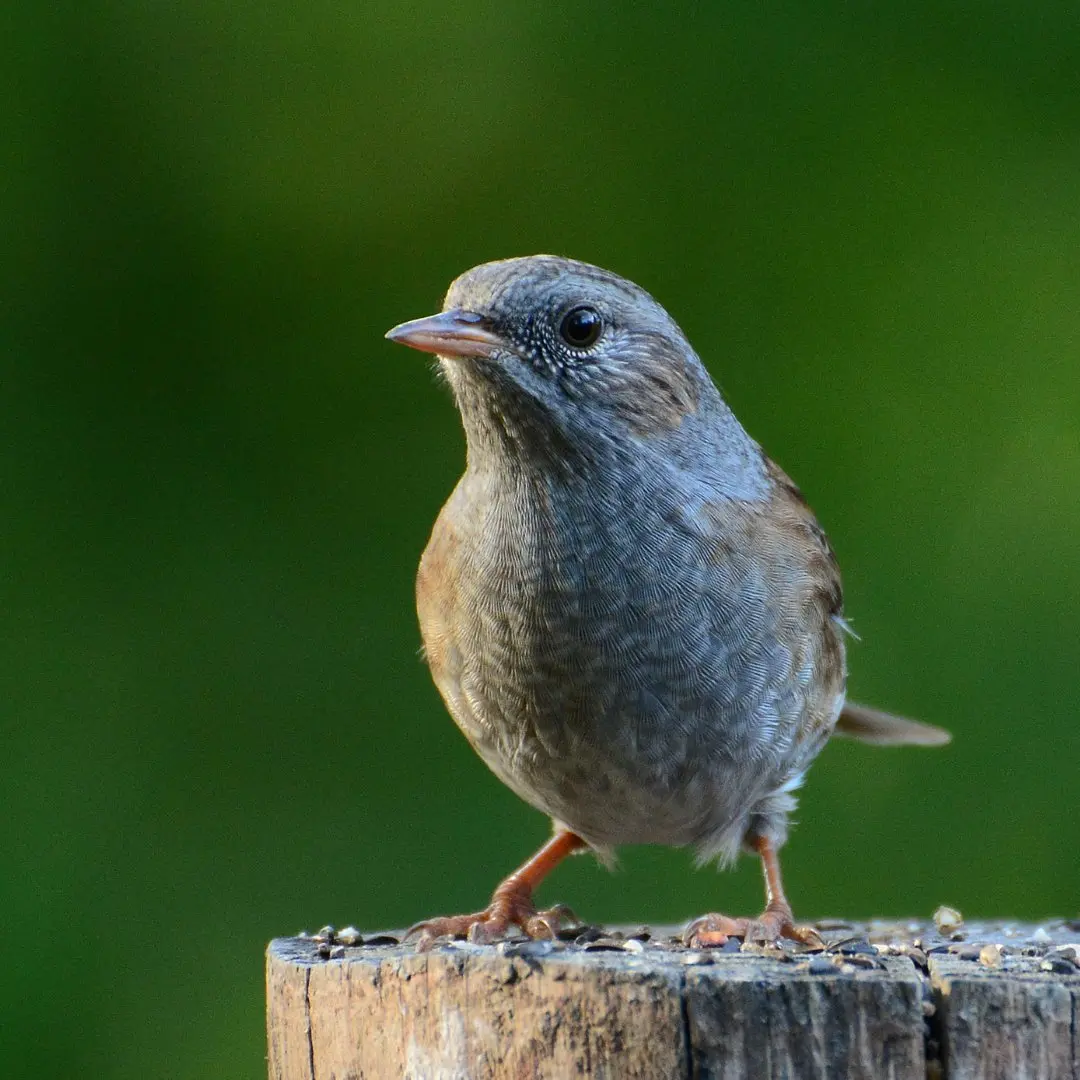
How does the Dunnock behave?
The Dunnock is an inconspicuous bird, often blending into the background with its discreet movements. It may even be mistaken for a grey mouse as it scuttles under bushes. However, its presence is revealed by its sharp and melodious song. When visible, it is often seen hopping under bushes in search of food.
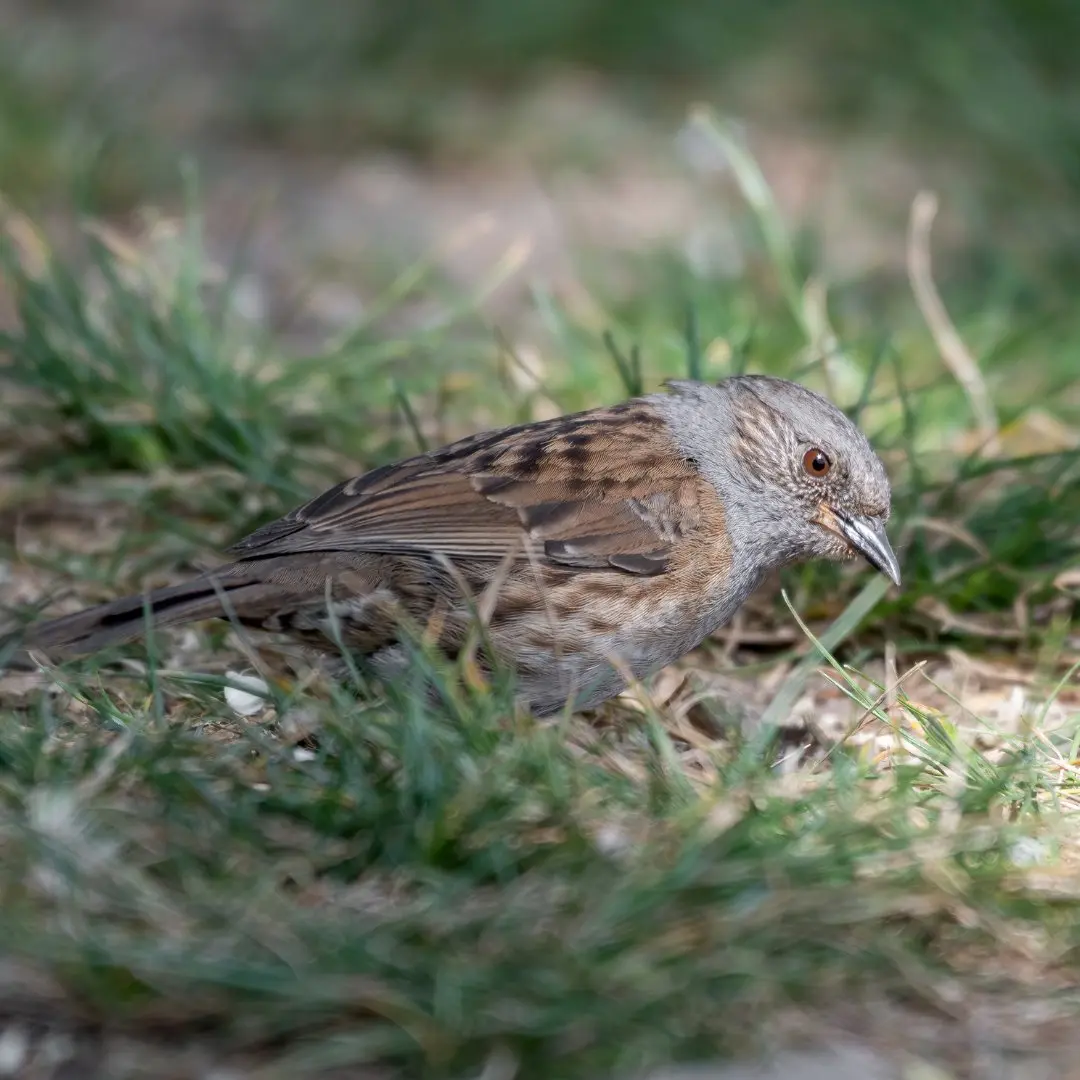
The Dunnock's songs and calls
The Dunnock is among the first birds to sing as winter fades, typically starting in late February. Its chirps are sometimes heard from the tops of bushes. Its alarm call, a piercing "tsip," contrasts with its flight call, which emits pure, high-pitched sounds like "dididi." The Dunnock's song is a rapid, high-pitched warble, both energetic and clear, though not particularly loud.
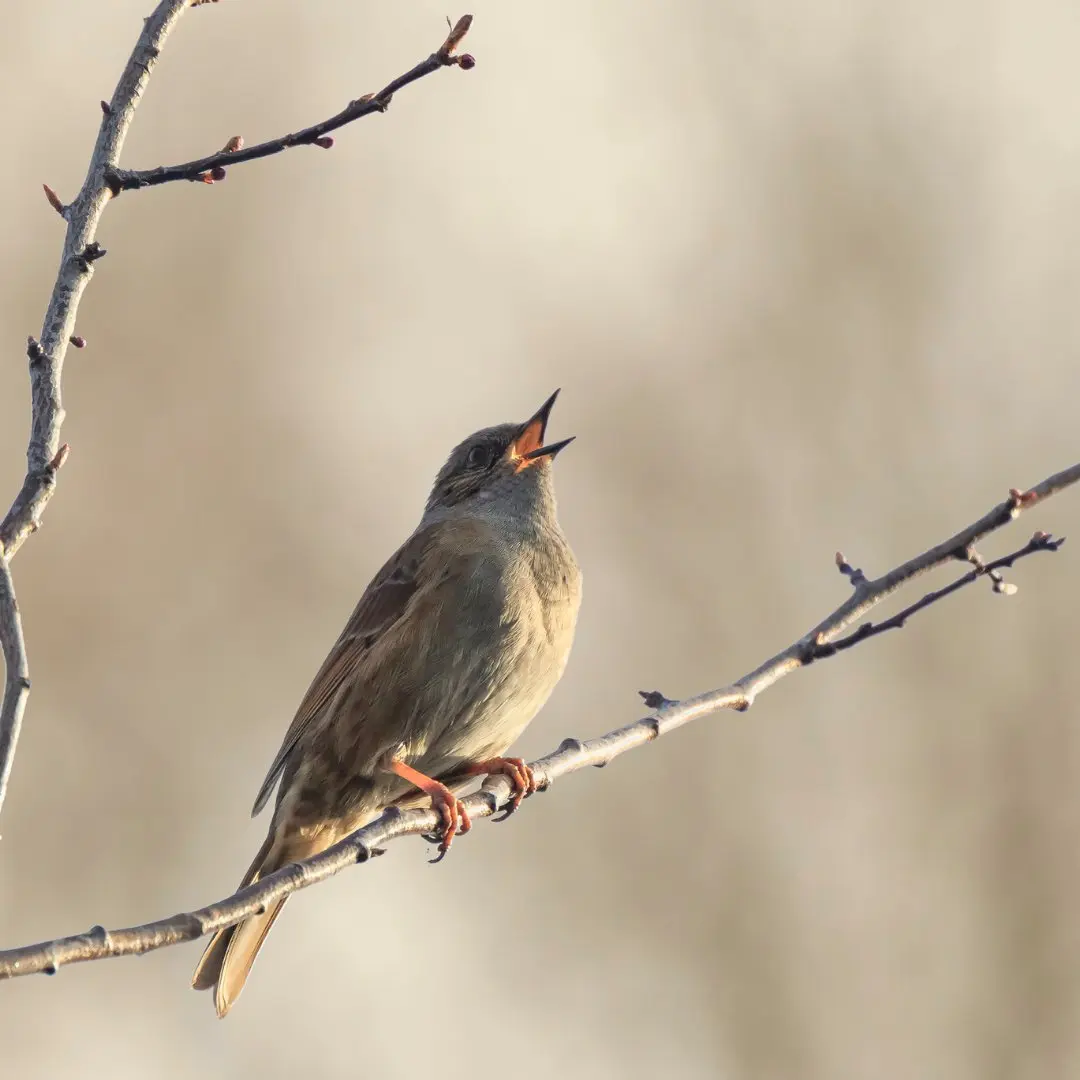
The Dunnock's reproduction cycle
The Dunnock's breeding season spans from April to August. It typically produces two broods per year, with each brood containing 3 to 6 eggs. Its nest, constructed from twigs, moss, and lichen, forms a small cup shape. These nests are often placed in bushes near the ground, providing safety and camouflage.
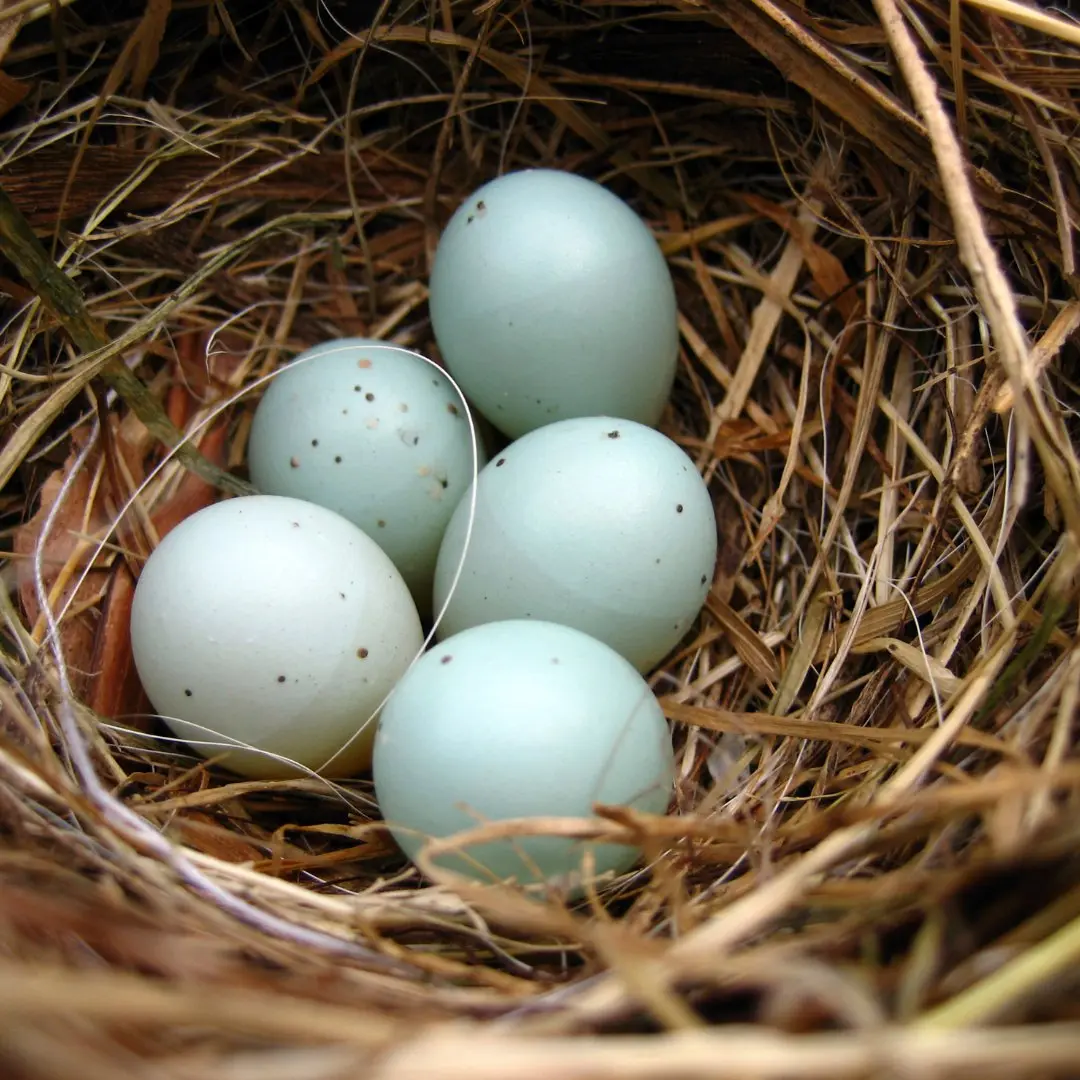
What does the Dunnock eat?
The Dunnock's diet consists of insects and seeds. Its fine beak allows it to feed easily on small insects, while it can also fiercely peck at seeds that have fallen from feeders. During winter, the Dunnock may emerge from its bushes to approach feeders, especially when food is scarce.
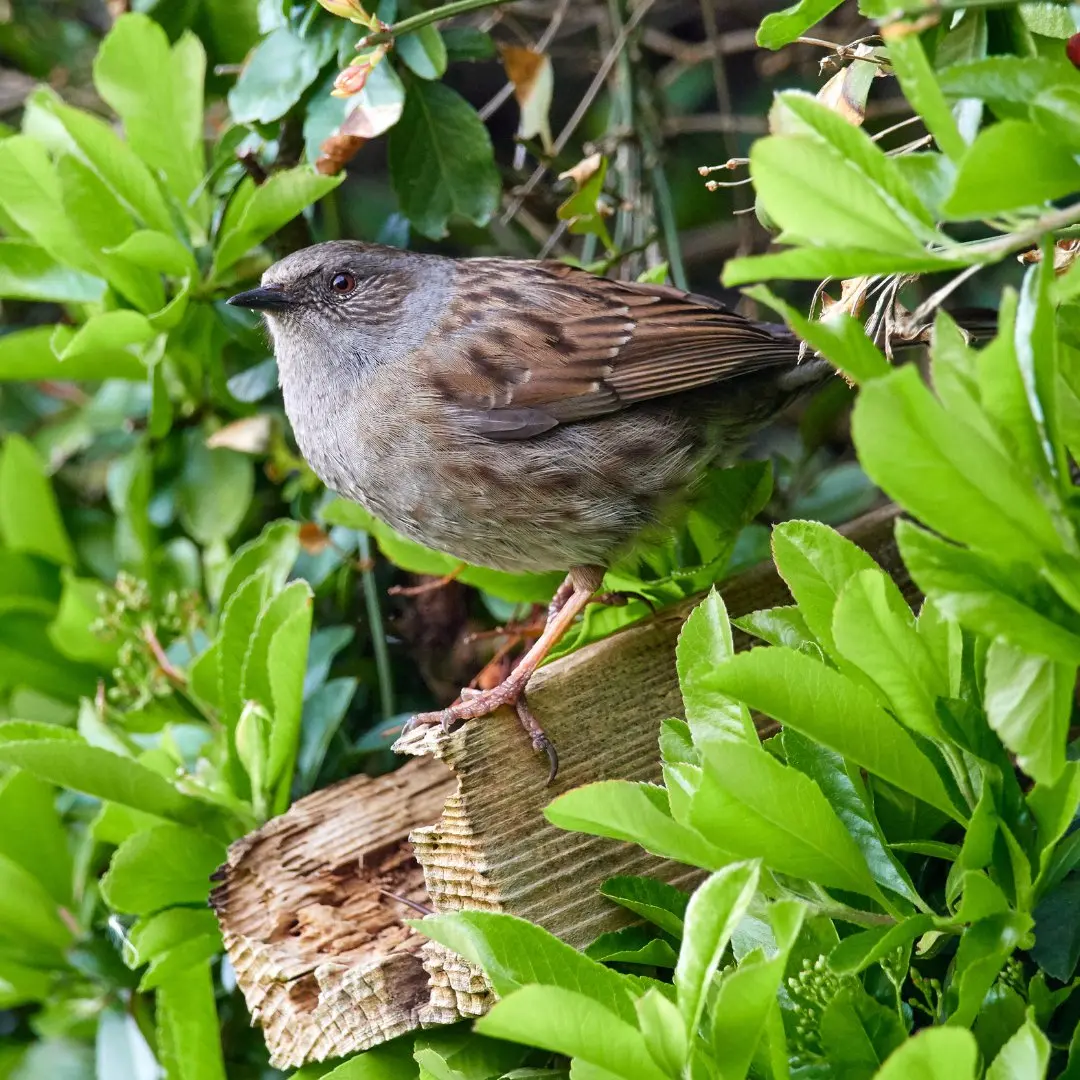
Where can you find the Dunnock?
The Dunnock is often found in mixed and coniferous woods, dense parks, and gardens. In gardens, it prefers thick hedges and brush for nesting and foraging. As a sedentary species, it usually stays in one area year-round, though some populations may migrate short distances to warmer regions during winter.
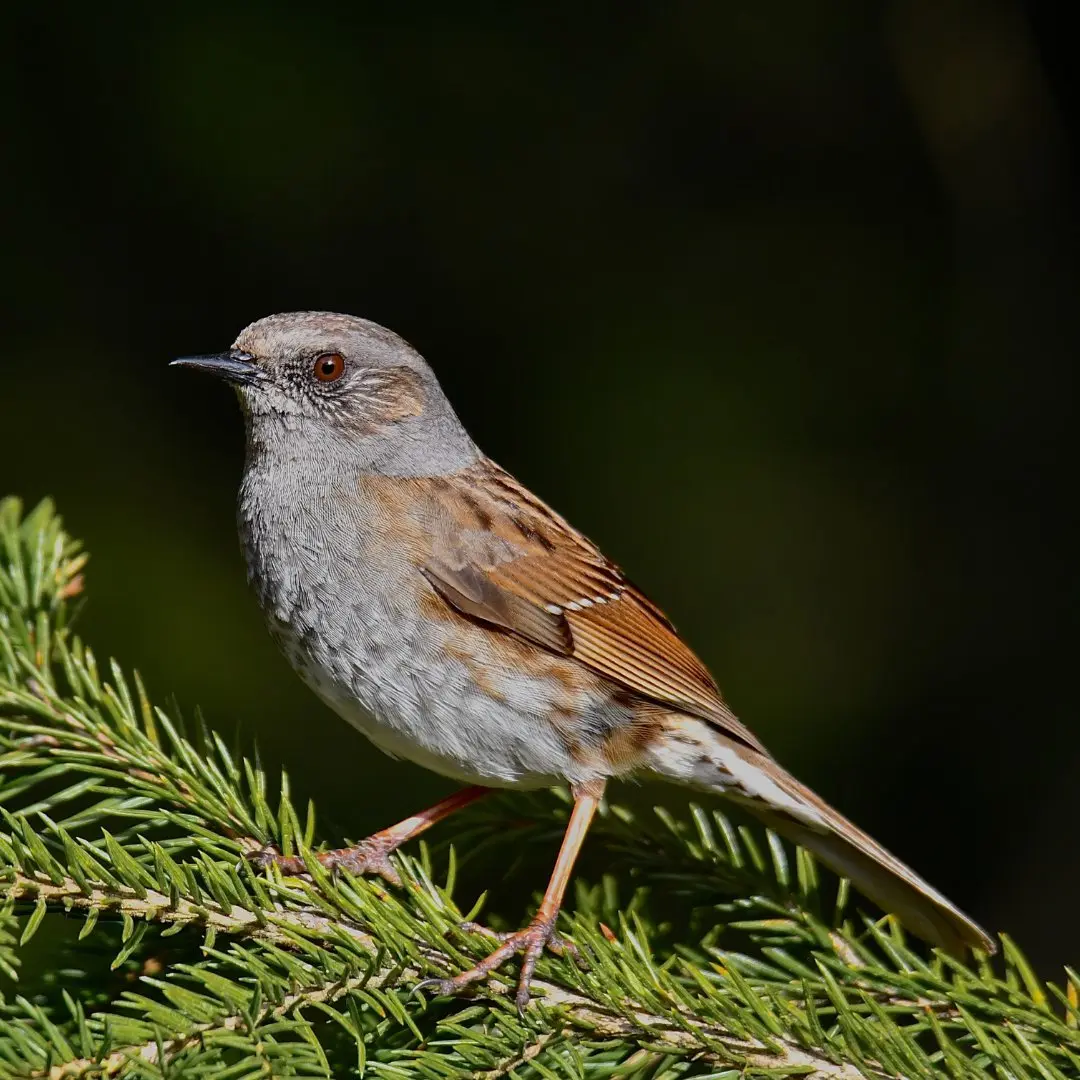
-


